Rising Healthcare Costs
The Cancer Insurance Market is significantly impacted by the rising healthcare costs associated with cancer treatment. As medical expenses continue to escalate, patients are increasingly seeking financial protection through cancer insurance policies. The average cost of cancer treatment can reach hundreds of thousands of dollars, depending on the type and stage of cancer, which underscores the necessity for comprehensive insurance coverage. This trend is prompting insurers to develop more tailored products that address the specific needs of cancer patients, including coverage for outpatient services, medications, and supportive care. The increasing financial burden on patients is likely to drive demand for cancer insurance, as individuals aim to safeguard their financial well-being in the face of potentially devastating medical expenses. Consequently, the Cancer Insurance Market is poised for growth as it adapts to the evolving landscape of healthcare costs.
Increasing Cancer Incidence Rates
The Cancer Insurance Market is experiencing growth due to the rising incidence rates of cancer worldwide. According to recent statistics, cancer cases are projected to increase significantly, with estimates suggesting that nearly 30 million new cases may be diagnosed annually by 2040. This alarming trend compels individuals to seek financial protection against the high costs associated with cancer treatment. As a result, the demand for cancer insurance products is likely to rise, prompting insurers to innovate and expand their offerings. The increasing prevalence of various cancer types, including breast, lung, and colorectal cancers, further emphasizes the necessity for comprehensive coverage. Consequently, the Cancer Insurance Market is positioned to benefit from this growing awareness and the urgent need for financial security in the face of potential health crises.
Advancements in Medical Technology
The Cancer Insurance Market is significantly influenced by advancements in medical technology, which have transformed cancer diagnosis and treatment. Innovations such as targeted therapies, immunotherapy, and precision medicine are not only improving patient outcomes but also increasing the costs associated with cancer care. As treatment options become more sophisticated, the financial burden on patients escalates, leading to a heightened demand for cancer insurance products. Insurers are responding by developing policies that cover a broader range of treatments, including experimental therapies. This trend indicates a shift towards more comprehensive insurance solutions that align with the evolving landscape of cancer care. The integration of technology in treatment protocols is likely to drive the Cancer Insurance Market forward, as patients seek to mitigate the financial risks associated with advanced medical interventions.
Regulatory Support and Policy Changes
The Cancer Insurance Market is influenced by regulatory support and policy changes aimed at improving access to cancer care. Governments and regulatory bodies are increasingly recognizing the financial challenges faced by cancer patients, leading to the implementation of policies that promote affordable insurance options. For instance, some regions have introduced mandates requiring insurers to cover a wider array of cancer treatments, thereby enhancing the attractiveness of cancer insurance products. Additionally, initiatives aimed at reducing out-of-pocket expenses for patients are likely to encourage more individuals to invest in cancer insurance. This supportive regulatory environment is expected to foster growth within the Cancer Insurance Market, as it aligns with the broader goal of ensuring equitable access to essential healthcare services.
Growing Awareness of Preventive Healthcare
The Cancer Insurance Market is benefiting from the growing awareness of preventive healthcare measures. As individuals become more informed about the importance of early detection and regular screenings, there is a corresponding increase in the demand for cancer insurance products. Preventive healthcare initiatives, such as public health campaigns and educational programs, are encouraging people to take proactive steps in managing their health. This shift in mindset is likely to lead to higher enrollment rates in cancer insurance plans, as individuals recognize the value of financial protection against potential cancer diagnoses. Furthermore, insurers are increasingly offering policies that incentivize preventive measures, such as discounts for regular screenings. This trend not only enhances the appeal of cancer insurance but also contributes to the overall growth of the Cancer Insurance Market.
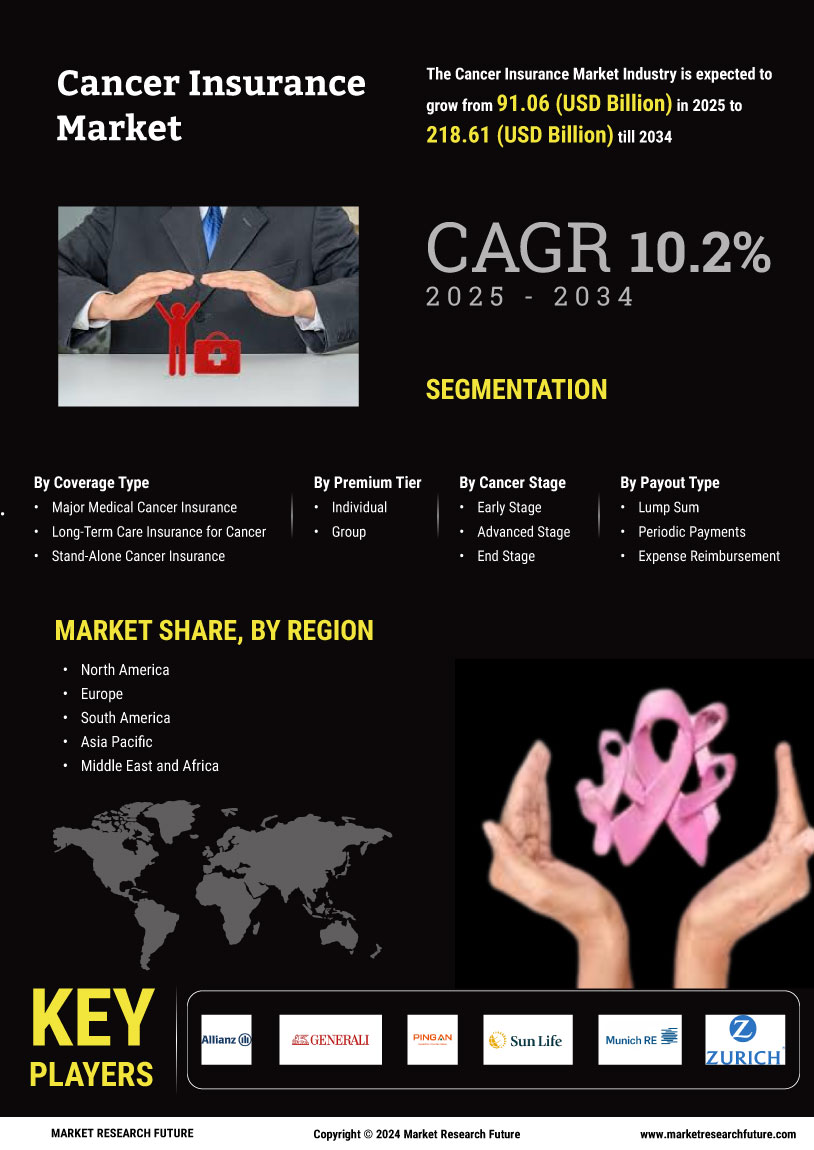

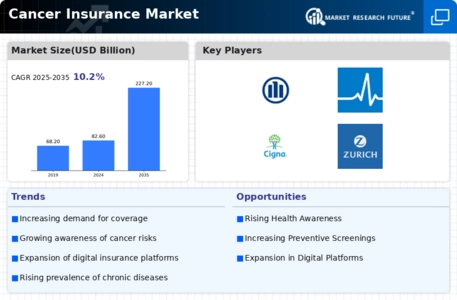
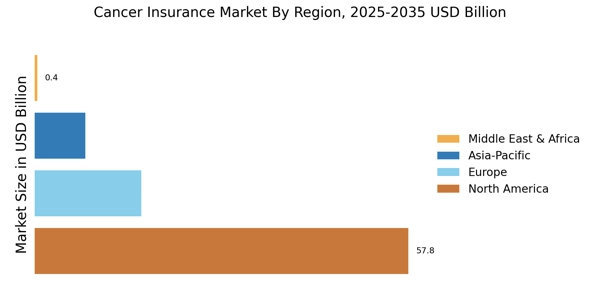
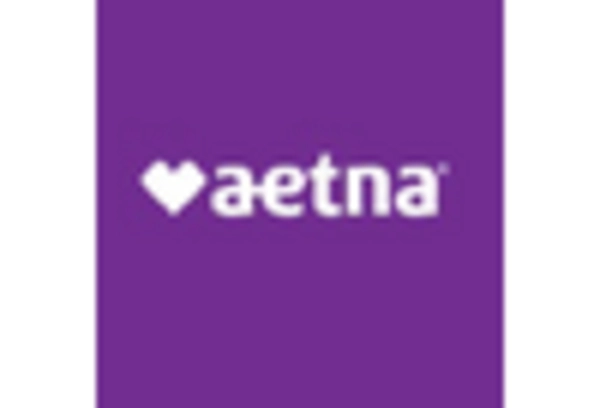
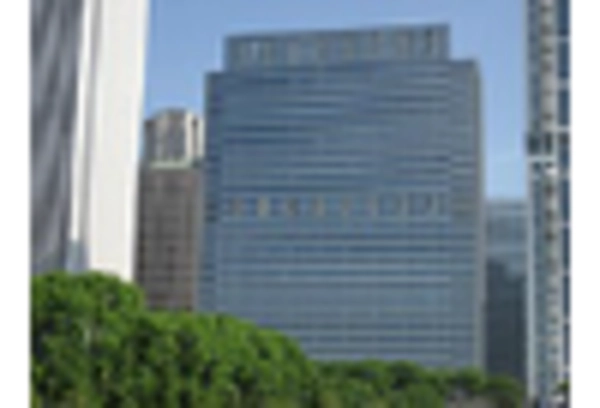
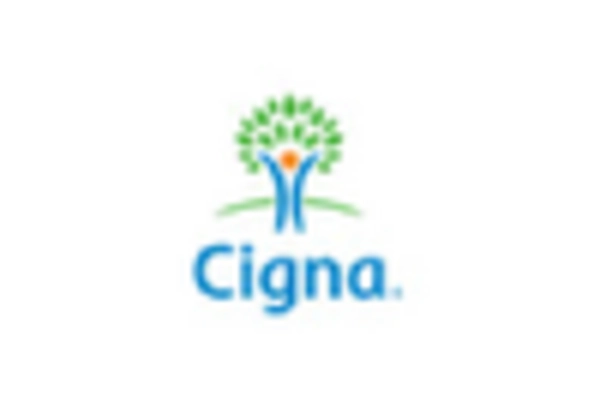
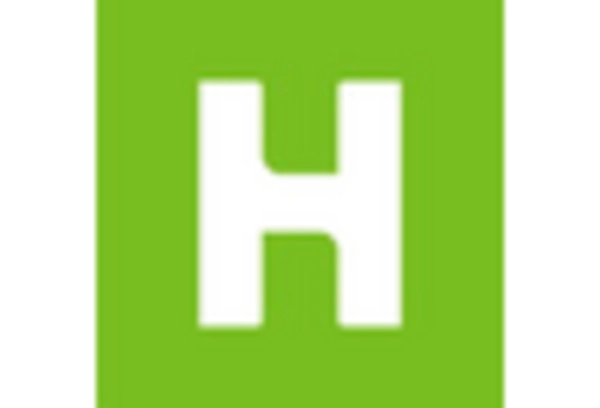
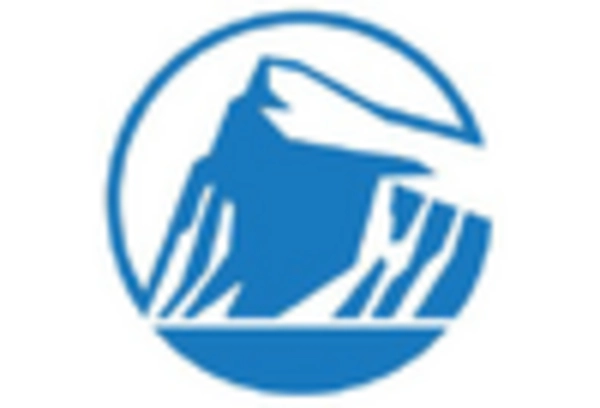
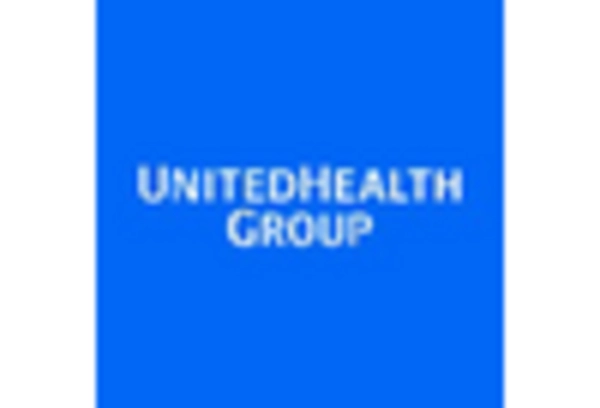








Leave a Comment